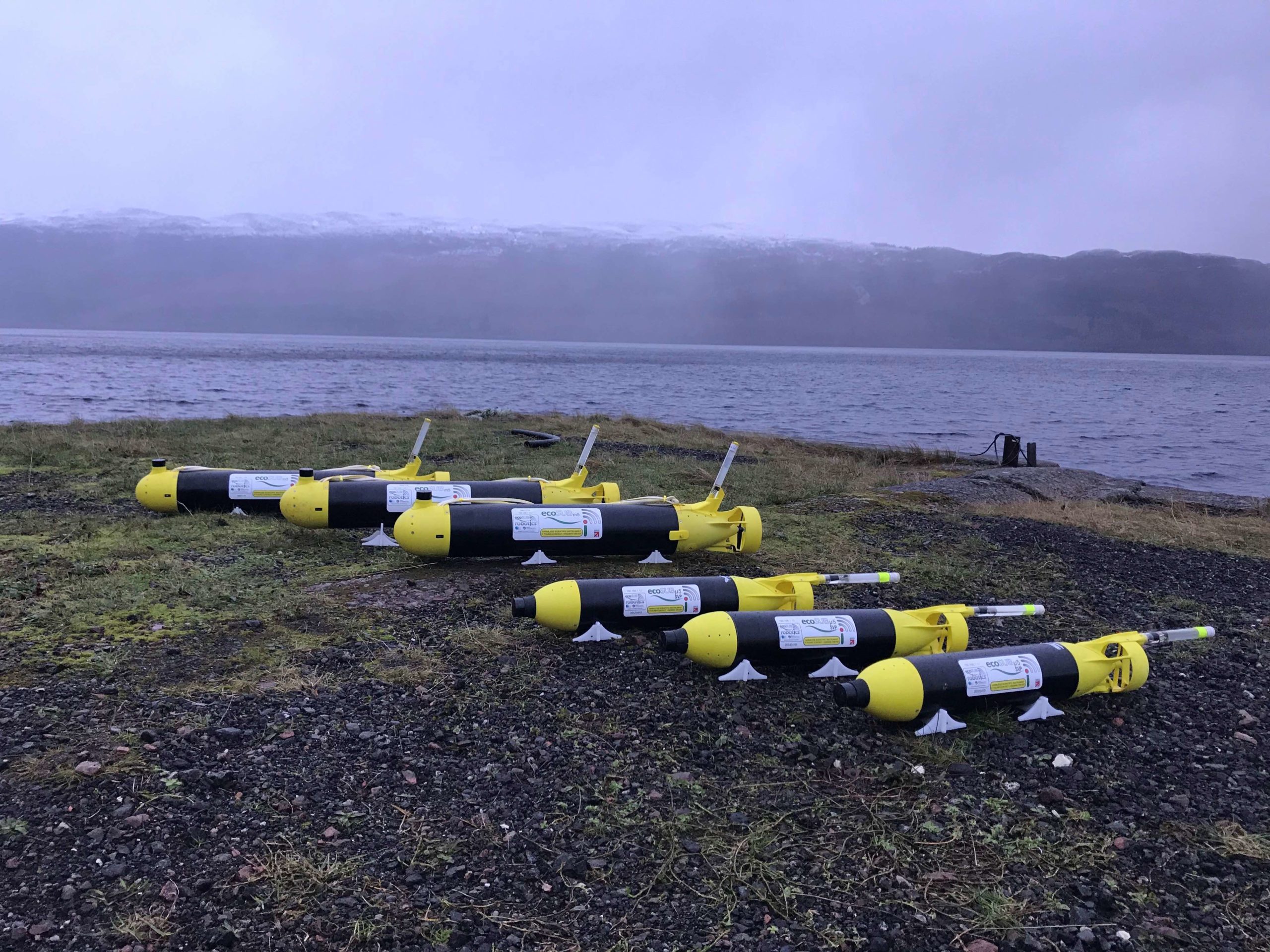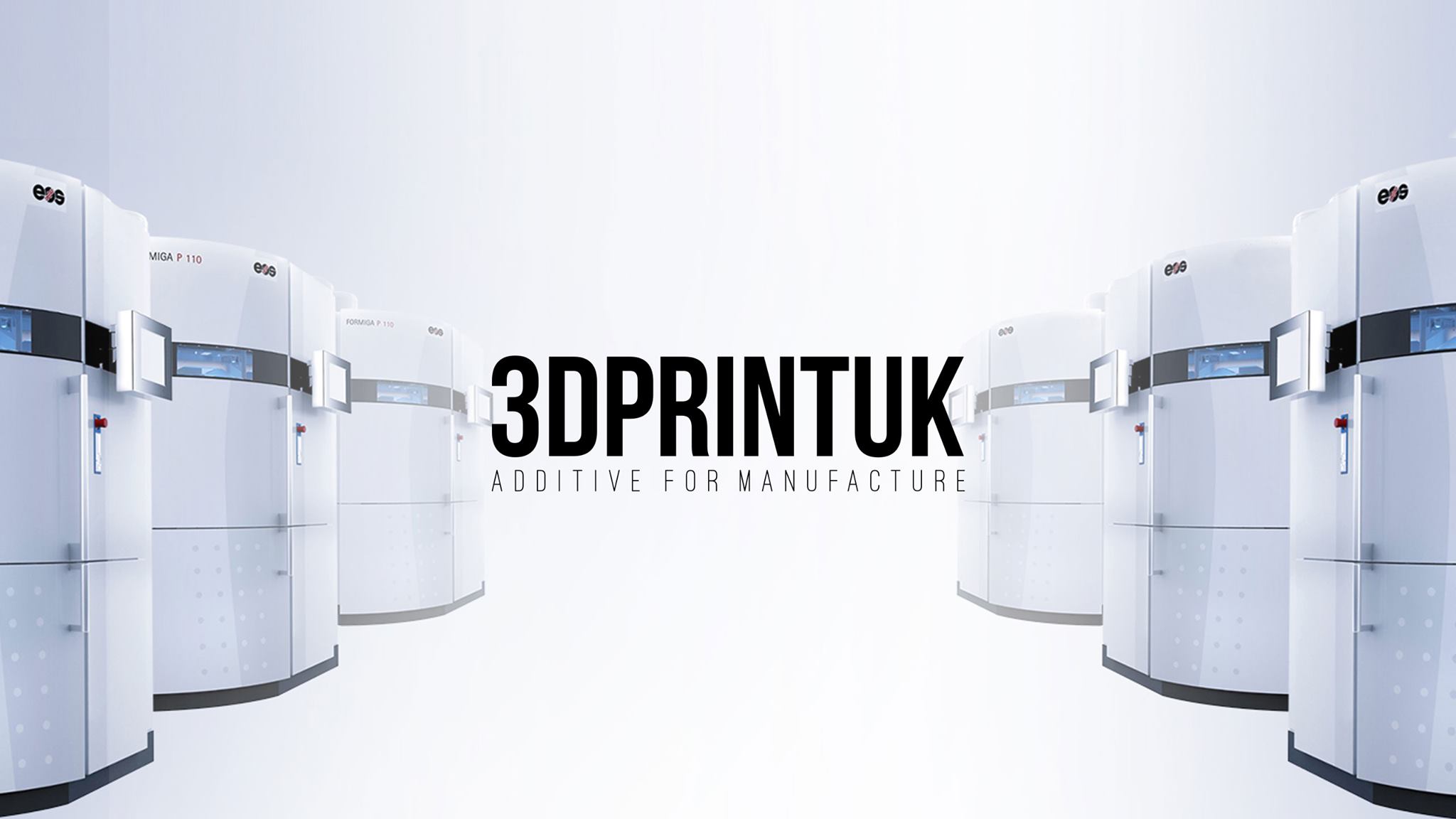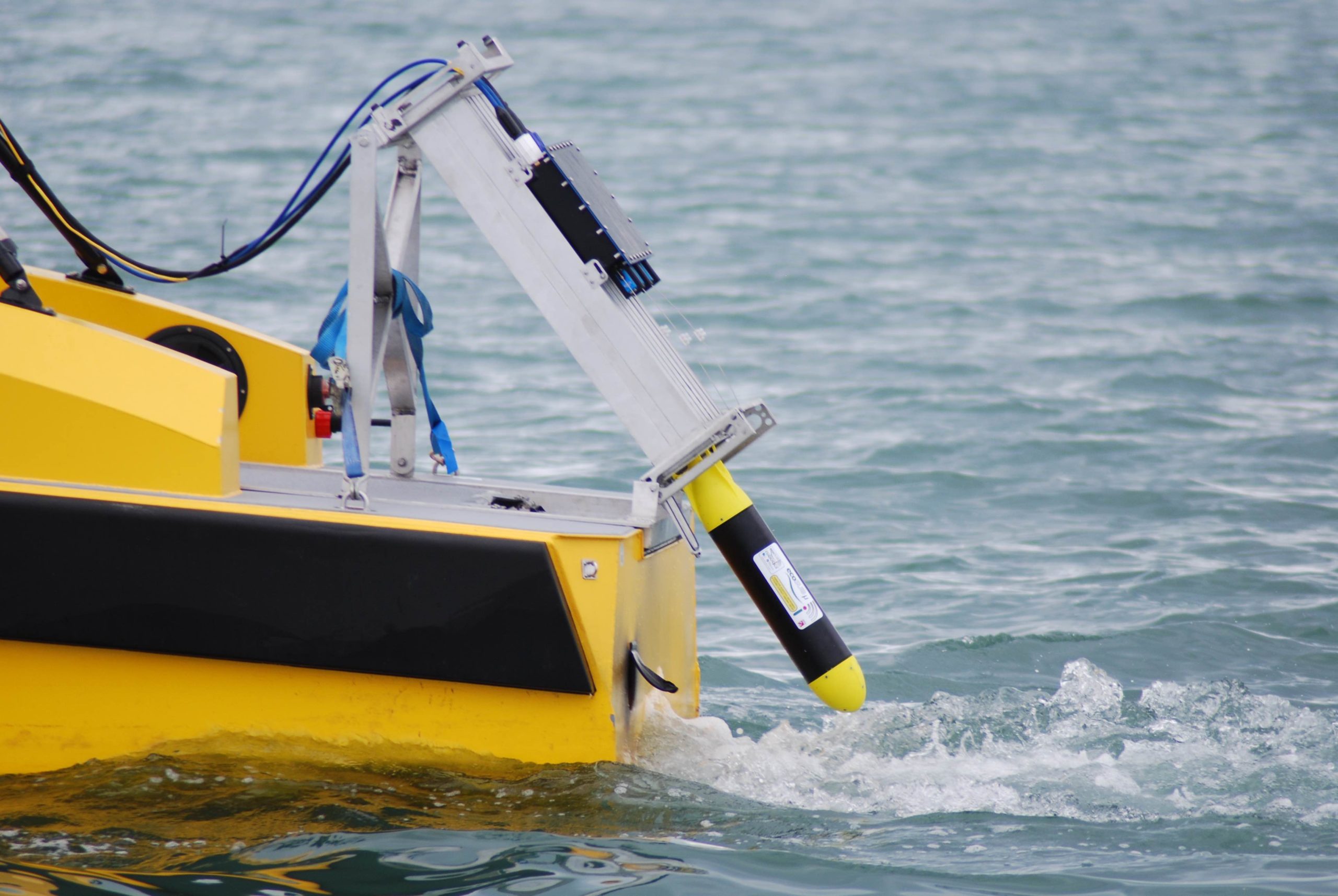Hundreds of underwater vehicles and submarines are used worldwide for seafaring in the deep. From some of the largest nuclear-powered cruise missile submarines to private submersibles for research, the growing emphasis on the production and maintenance of watercraft is opening up new avenues for the market, including additive manufacturing (AM). For almost a decade, public and private industries worldwide have printed components or created 3D printable materials to revolutionize underwater vehicle parts, repair, and maintenance.
Now, 3D printing service bureau 3DPRINTUK is collaborating with ecoSUB Robotics, a designer and manufacturer of autonomous underwater vehicles (AUV), to develop components for submarines that can operate in one of the harshest and most extreme environments on the planet. The 3D-printed submarine parts must withstand extreme pressure, some 2,500 meters (8,202 feet) below sea level, salt water, and very low temperatures––averaging about 2.5°C (36.5° F)––while remaining water-tight and intact.
Developed in partnership with the National Oceanography Centre, ecoSUB autonomous underwater robots were initially conceived to carry minimal payload and only use dead reckoning for navigation, serving many applications where precision navigation was not critical. Today, ecoSUB’s AUV platforms can navigate accurately using geo-referenced data collection, extending the vehicle’s ability to operate in environments that would otherwise have been too risky, such as the Arctic, where ecoSUBu5 (a micro AUV) has been deployed to investigate calving ice shelves.
With a price 50 times cheaper than traditional AUV systems, ecoSUB managed to keep costs extremely low. Even more so, 3D printing will play into that equation going forward, succeeding in lowering production costs even more.
Commenting on the new collaboration with 3DPRINTUK, ecoSUB’s Chief Robotics Engineer Jeremy Sitbon said, “for sure, the parts that we use in our underwater vehicles have to be strong and robust and conform to design intent. 3D printing is preferred over injection molding as we find the technology more versatile, and the design freedom allows us to innovate great parts. Also, our volumes are low (maybe ten parts per month), so injection molding would not be economical. Add in the fact that with 3D printing, we can customize designs for individual clients, and the choice is clear.”
Surrey, UK, headquartered ecoSUB, has been relying on 3D printing for prototyping and production applications for a while. Initially, the AUV manufacturer worked with central London-based 3D printing studio Additive (formerly Digits2Widgets) until 3DPRINTUK acquired it in February 2021. Like most companies searching for all the known benefits of AM, ecoSUB wanted its prototype and production parts to be competitively priced, high quality and delivered fast.
All the 3D printed parts used by ecoSUB Robotics for production are tested in small prototype batches and integrated into the marine vehicles before ordering production quantities. Cost is essential to the company. It sees enormous potential for underwater vehicles in the military, oil and gas sectors, and research sciences, mainly to gather important information about climate change.
Currently, many organizations are using ecoSUB’s technology, including integrated oil and gas company Bp, the Scottish Association for Marine Science, and design and technology specialist Plextex. However, the company says, “price is key to making this advanced technology available to a wide user group.”
To create the parts it needs, ecoSUB relies on 3DPRINTUK’s multi-jet fusion (MJF) and selective laser sintering (SLS) printing services, which can deliver the best polymer parts specific to each application.
Founded in 2011, the service bureau provides batch production applications and bespoke printed polymer parts thanks to its latest addition, an HP industrial 5210 system, described as one of the brand’s most capable machines. In addition to the HP platform, in 2020, 3DPRINTUK installed two EOS Formiga P396 machines as part of an ongoing expansion plan and purchased SLS Flexible material and EOS’ P100 and P110 machines.
With over ten years of experience and over two million printed parts, the bureau is constantly evolving, which sits well with ecoSUB. The underwater vehicle manufacturer is always looking for the most cost-effective 3D printing solution without compromising the quality.
“There are two different kinds of parts and components in the vehicles, external parts that can be seen, and internal parts that cannot. The external parts need to be yellow for the sake of visibility, and we use SLS for these as the technology produces whiter parts than MJF, and in our opinion, this makes the addition of a color that is much more definite and striking. MJF parts are somewhat greyer, and this makes the processed color less vivid. For parts used internally, which do not need to be colored and do not need to be aesthetic, we use MJF parts as they are typically less expensive,” explains Sitbon.
After five years behind the AUV’s production, the engineer says SLS is more versatile when finishing and dyeing are required. However, he says the company believes that over time and as MJF improves in this respect, they will most likely shift all parts to MJF due to price considerations and improved part details.
“It is hugely valuable to us that 3DPRINTUK has both technologies at its fingertips and has the knowledge and expertise to advise on the best technology for each application. The assessment of SLS and MJF will continue, and we are happy to be guided on which process to use for internal and external applications by the 3DPRINTUK team. Because of the harsh environments that some of our vehicles are used in, the integrity of the material chosen is everything, and we are amazed by both processes, which can withstand intense cold, high pressure, and the corrosive nature of saltwater and still pass rigorous water-tightness tests. We will continue to use 3DPRINTUK as we have not found an online ordering system that comes close to theirs in terms of ease-of-use, and the team has an enormous depth of knowledge in material selection, DfAM, and print optimization that benefits us on every level,” concluded Sitbon.
Spun out of Planet Ocean, a UK marine science technology specialist, ecoSUB was created to engage in designing and manufacturing underwater vehicles. Today the company’s target to create AUV technology affordable for the scientific community could be essential for researchers to get to places that other larger craft can’t. Although other companies are also pushing for autonomous watercraft platforms, they have a high cost, so ecoSUB is highly motivated to make something that both military and researchers can use. Hopefully, 3D printing will have a significant role to play in that arena.
Subscribe to Our Email Newsletter
Stay up-to-date on all the latest news from the 3D printing industry and receive information and offers from third party vendors.
Print Services
Upload your 3D Models and get them printed quickly and efficiently.
You May Also Like
Could 3D Printing for Biocomputing Make Wetware Aware?
As an AI arms race consumes ever more electricity, and every ChatGPT search query costs $0.36, the search for new ways of computing has intensified. One answer could be in better...
Bambu Lab Launches Software to Manage 3D Printer Fleets—No Cloud Needed
Bambu Lab has introduced a new software tool, Bambu Farm Manager, designed to help users manage large fleets of 3D printers over a local network, without relying on the cloud....
Consolidation in AM: How 2025 Is Shaping the Industry’s New Normal
The first half of 2025 has been marked by a clear shift in the additive manufacturing (AM) industry. Companies are no longer just focused on developing new tech by themselves....
3D Printing News Briefs, July 2, 2025: Copper Alloys, Defense Manufacturing, & More
We’re starting off with metals in today’s 3D Printing News Briefs, as Farsoon has unveiled a large-scale AM solution for copper alloys, and Meltio used its wire-laser metal solution to...






































